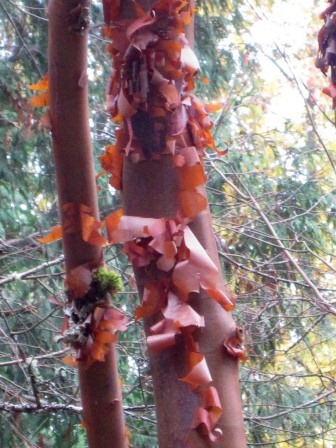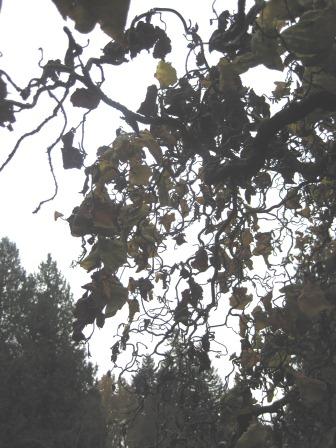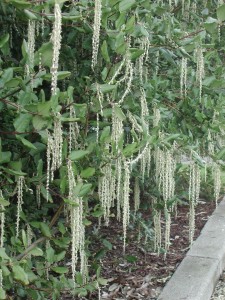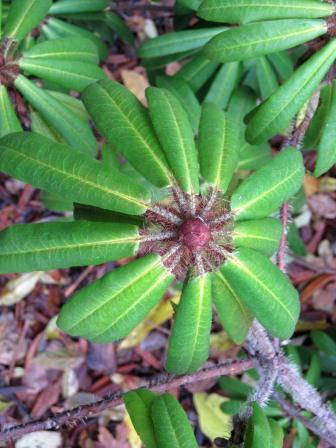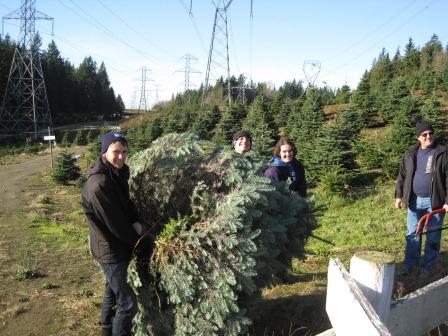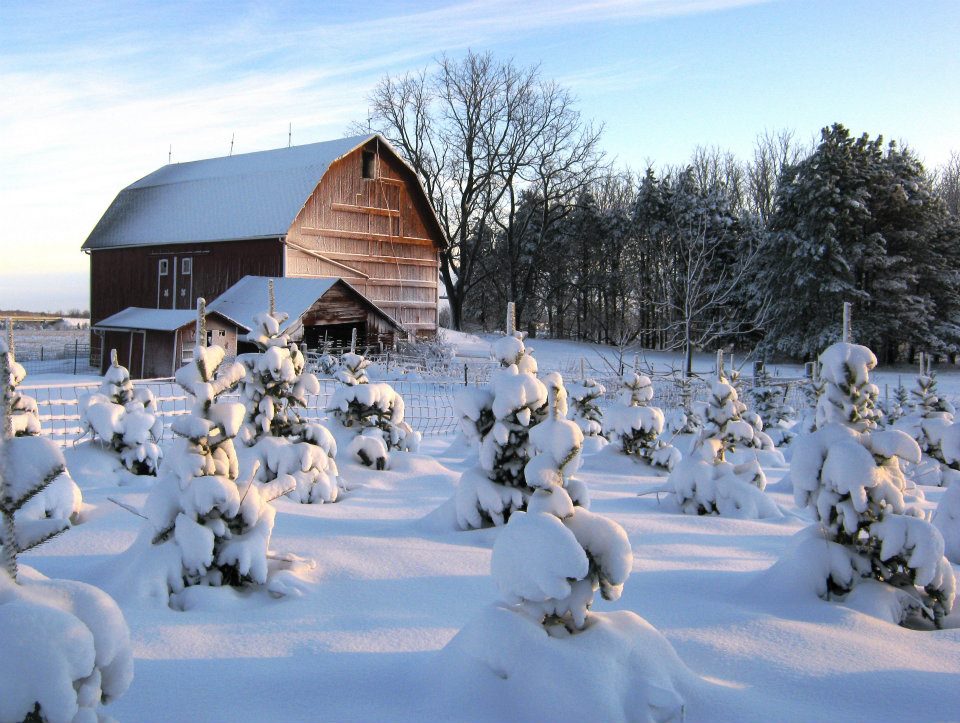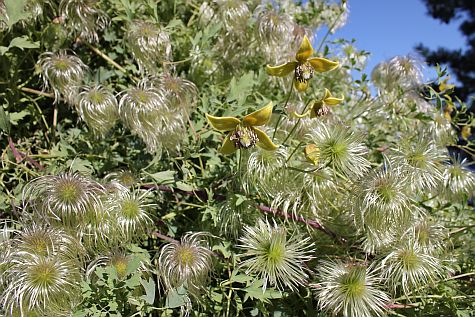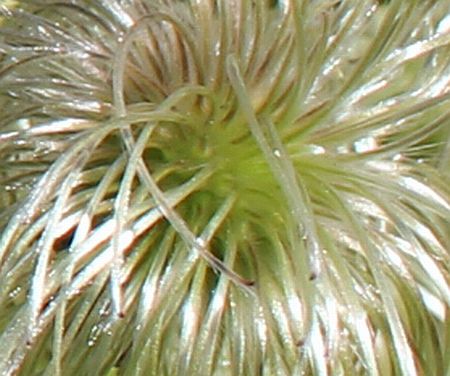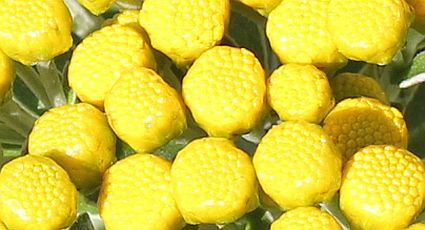
Some of you know we have a you-pick blueberry farm; we work very hard on it and have been successful thus far. It also happened to come with 6 acres of Fraser firs. Most were already in the 10′ to 18′ range when we bought the place in 2007. There is limited value in an over-grown Christmas tree; right up there with a poinsettia still on the store shelf on December 26th.
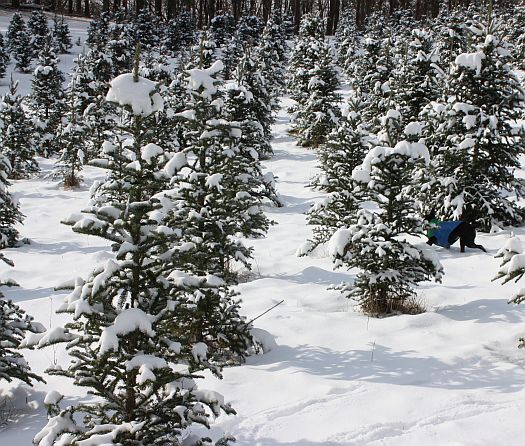
They look MUCH better covered in snow. That’s Bebe the Wonder Dog’s fanny, BTW.
Thankfully, our livelihood does not depend on selling trees. I don’t know how folks can make money in this business. I can’t tell you how fun it is to drag a big ladder around a steeply-sloped field and hand-prune trees in August. It’s so fun, we decided to skip it this year. Naturally grown? You bet. Haven’t put one thing on them, fertilizer or otherwise. I did mow around them once this year, and was eye-to-eye with the most amazing number of praying mantises (manti?) you’ve ever seen. They seemed…content.
There’s a huge tree farm 2 miles from us, and that IS how they make their living. We have no interest in taking any of their business, and don’t think we could if we tried. They’ve got all the pro stuff – power pruners, tree wrapper/sleever, wreath-making machines. Their trees are very dense and uniformly cone-shaped from twice-annual pruning. Ours look like something from Dr. Seuss (lots of room to hang ornaments, though!). They do the full on Agritainment thing: hay rides, hot cider, petting zoo. Open dawn to dusk, every day of the week. Our customers, who also happen to be our friends and co-workers, are only allowed to come out on the weekend (it’s dark when we get home from work), ideally before noon/football or basketball comes on. Our customers get to drive down a bad road, hunt for a tree, and lash it to the roof or shove it into the boot sans tree-stocking. They may get a complimentary beer and/or squirrel. However, they keep calling every year because they get a ridiculously cheap (but fresh! and very natural!) tree, and the transaction partially alleviates our guilt over doing a lousy job of maintaining and selling this overgrown field of firs.
Final sales pitch: if you find yourself in the greater New River Valley this weekend, particularly on Saturday before noon, and can pay in cash, and have your own rope, and your kids aren’t too annoying, come on by!
Trees less than 12′ are $25; over 12′ = FREE. Can’t beat that with a stick.

